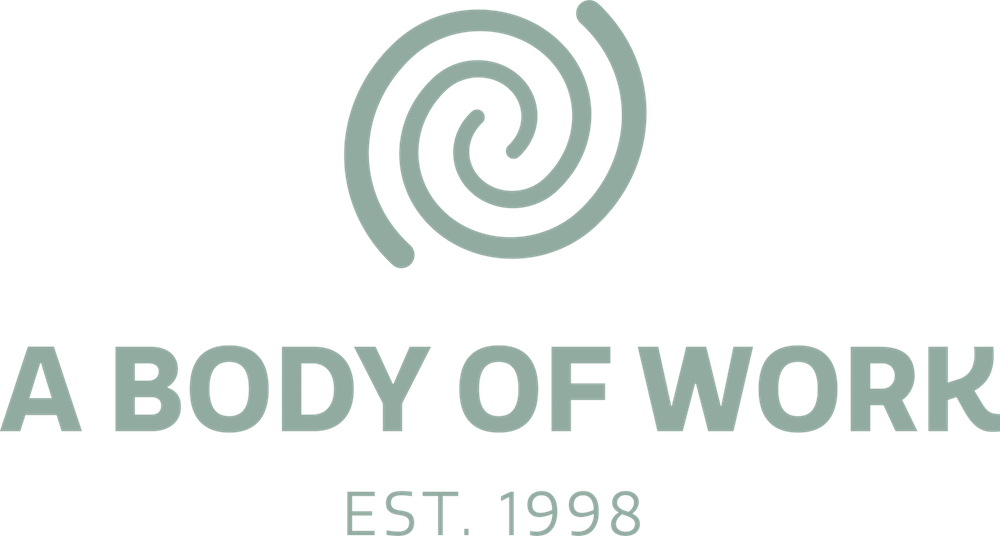Pilates for Athletes
Pilates for Athletes
Pilates has a stigma of being for specific types of people. However, looking at it from the inside, that is simply not true. Pilates benefits everyone no matter their fitness level. In fact, many of our favorite athletes like Olympic Beach Volleyball player Keri Walsh Jennings, Olympic Swimmer Natalie Coughlin, and renowned Tennis players Andy Murry and Serena Williams all use Pilates as a low-intensity workout while training.
So, there must be a reason why these celebrated athletes integrate Pilates into their routine. The more active you are and train in one sport, the more imbalances you create in your body, leading to limited flexibility, less power behind your movements, and even injury. Pilates helps reduce the risk of injury, can rehab injuries, decrease recovery time, improve range of motion, and promote efficient breathing techniques. Let’s break down some of these benefits and take a closer look at them.
Injury prevention and recovery
As mentioned before, through repetitive motion and exclusively using specific muscles while exercising or training, we become prone to overuse, imbalances, lack of flexibility, and weakness, thus leading to injury. Pilates uses exercises to pinpoint areas of weakness and imbalance and efficiently work them out without causing further damage. For example, tight hamstrings are very common among athletes. Regular Pilates can help stretch hamstrings and help combat further tightness by focusing on strengthening the gluteals and increasing ankle flexibility, which may be contributing to tightness in hamstrings.
Improve Range of Motion
A decrease in range of motion can be due to multiple things, including imbalances. Many sports require the use of the same muscle groups over and over. Take Swimming; a freestyle swimmer will use the same arm, trunk, pelvis, and leg motion, over and over, to propel themselves forward in the water. This makes the freestyle swimmer strong in a forward plane of motion but weak in other planes, such as side bending and lateral movements. Pilates moves the body in all planes and orientations and strengthens underused muscles.
Efficient Breathing
Pilates is well known for its breathing style, which is integral to each exercise. The Pilates breathing technique helps athletes find effective breathing patterns for each movement. When we say “effective breathing,” we mean the following:
INHALE: using the nose and directing the breath into the lower ribs, expanding them laterally
EXHALE: though the mouth, relaxing the ribcage to deflate the lungs and engage the deep abdominal wall
This breathing technique uses the diaphragm and the oblique muscles to facilitate correct muscle activation and safely execute movements.
Sources:

